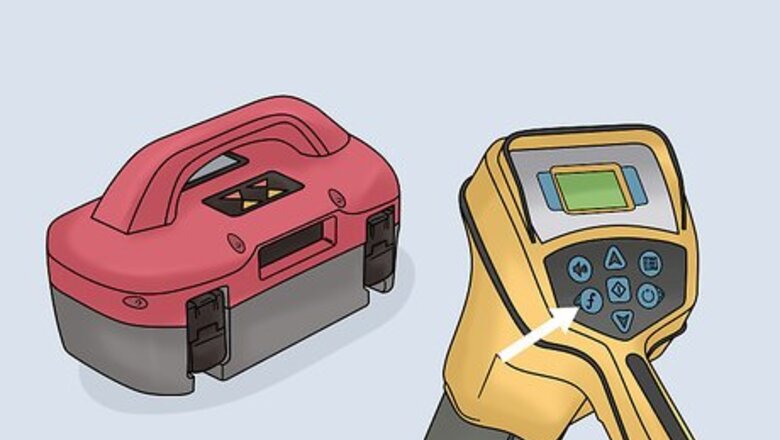
views
Using a Pipe Locator
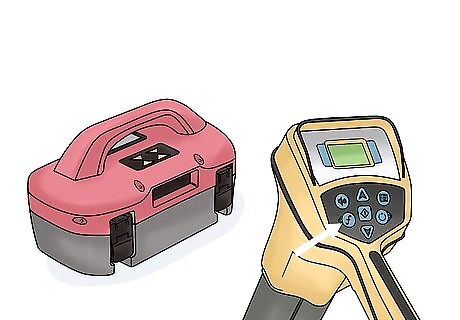
Set the transmitter and the locator wand to the same frequency. A pipe locator is usually broken into 2 parts, which are a long detector line with a transmitter that you feed into the pipes and a handheld wand that’s used to locate the line. Turn on the transmitter and the wand using the power switches or buttons and look at the frequencies they’re reading. Use the “Frequency” option or the arrow keys on the machines to adjust the frequencies so they have the same readout, or else the locator won’t be able to find the pipes. You can buy pipe locators online, but they can cost upwards of $1,000 USD. Contact local hardware stores to see if they offer pipe locator rentals so you can use one without spending a lot of money.
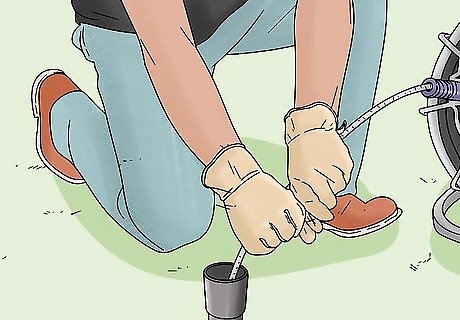
Feed the detector line 15 ft (4.6 m) into a drain or sewer cleanout. You can use any drain in your home, such as a sink or bath, to feed your line into if you need to find the line in your home. If you’re looking for a sewer line outside, look for a black or white pipe with a plastic cap along the outside of your home, which allows direct access to your home’s main sewer line. Unwrap the detector line from the spool and push the end through the pipe so it extends out about 15 feet (4.6 m). Leave the line in place so you can find it with the wand. Avoid putting the line into your toilet since it won’t work as well if it’s submerged. Older homes may not have a sewer cleanout in their home. Contact a plumber to come to install one for you to make it easier to locate lines later on or break apart clogs.Tip: If the detector line stops or doesn’t go the full 15 feet (4.6 m), then there may be a clog in the pipe.

Wave the locator wand around until you hear the strongest signal. Keep the wand pointed vertically at the ground so it can pick up the best signal reception from the detector. Walk in the direction you think the sewer line travels and move the tip of the wand back and forth. As you follow the detector line, the wand will create a beeping signal that gets louder and higher when you get closer to the end of the line. When the wand creates the loudest and highest pitch, you’re close to where the line ends. Try rotating the wand if you hear a weak signal since it could mean that you’re nearby but facing the wrong direction. The display on the wand may also have arrows or a number indicator that tells you when you’re getting closer to the end of the detector line.
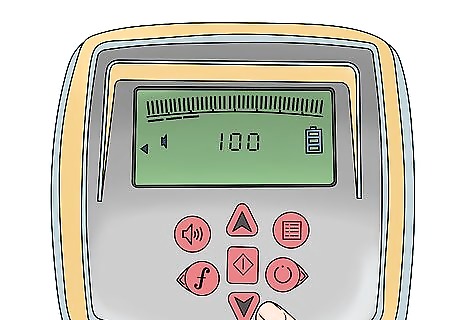
Lower the sensitivity of the locator to locate the strongest signal again. If the wand maxes out its reading, then the end of the detector line is nearby but you won’t know where it is accurately. Locate the button that controls the sensitivity and reduce it to ¾ power. Keep the wand pointed down as you wave the end around the area again. Listen for the loudest and highest pitch again to get a better idea of where the sewer line is located. If the reading maxes out again, reduce the sensitivity by another 10-15% and try waving the wand over the area again. Repeat the process until it doesn’t max out anymore. Some pipe detectors may also be able to tell you how deep the pipe is on the display.
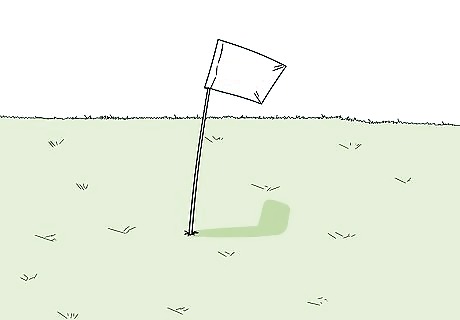
Mark the location of the pipe with a utility flag or tape. Once the wand only produces a signal over a single area but goes quiet when you wave it around, you have successfully found the end of the detector. Place a strip of tape on the ground going in the same direction you’re facing to mark the pipe. If you’re outside, put a small utility flag in the ground so you know that the sewer line is directly below it. You can buy utility flags from your local home or yard care store.
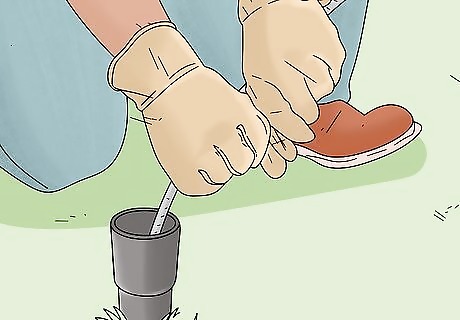
Extend the detector line another 15 ft (4.6 m). Go back to the detector line and transmitter and unspool more into the pipe. Don’t extend the line any further than 15 feet (4.6 m), or else you may not get as accurate of a reading or it may be difficult to find the end of line if the pipe turns.

Continue marking the line to the spot where you’re installing a fixture. Repeat the process of waving the wand around until you hear the strongest signal from the end of the detector line. Turn down the sensitivity once it maxes out and keep honing in on the location of the pipe. Mark the second spot with more tape or a flag so you know where the sewer line travels. Keep extending the line and locating until you’ve marked the length of sewer line that you need. If the detector line ever gets caught, there may be a fork in the sewer pipe or it could be clogged.
Checking with the City

Contact the city’s zoning office to see if they can locate the sewer line. The zoning office for your city controls the city plan and keeps track of utility lines and services in your area. Either call or go directly to the office to ask them if they’re able to check where the sewer lines are located. Most times, they’ll be able to show you where the underground lines come from your home and extend to the main city line. Some zoning offices may not be able to locate the sewer lines on residential property. Learn the official property lines for your home so the zoning office doesn’t give you any false information.Tip: If your area doesn’t have a zoning office, check for a city maintenance department since they may be able to locate sewer lines for you.
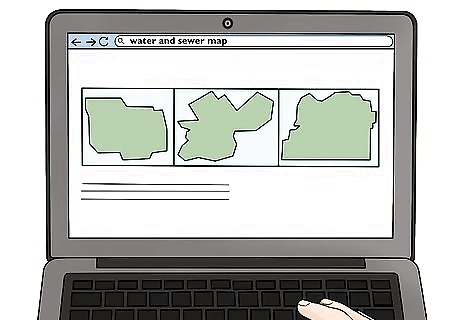
Check online for an underground utility map of your area. Some cities will post interactive maps online so you can easily see all of the sewer and utility lines on your property. Search online for your city’s name with the phrase “water and sewer map” to see if one is available online. Type in your address or locate your property on the map to see where the sewer lines run in your home. Smaller towns and cities may not have online maps for water and sewage. Some maps show detailed information, such as the length of the pipe and how deep it is, when you click on a specific sewer line.
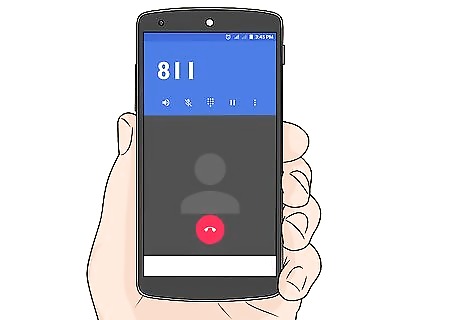
Call 811 in the United States to find underground lines on your property. In the United States, 811 is a phone number you can call to notify utility companies before you dig so they can mark hidden lines underground. Reach out to 811 and tell them your address so they know where to send utility workers. Within the next 2–3 days, professional utility companies will visit the area and mark the lines in your yard with either small flags or lines of paint. Once they mark the location, check for a line that’s labeled “S” or “Sewer” to know where your line is. Calling 811 is a completely free service, so you don’t have to pay utility companies to mark your yard. The utility companies that are contacted depends on the area where you live, so they may not mark sewage lines.
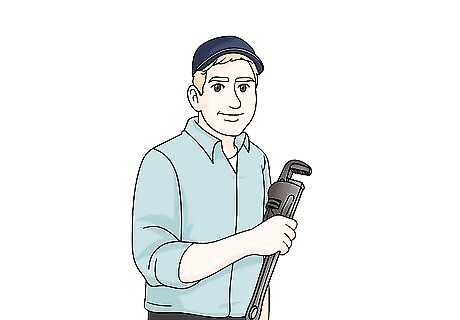
Hire a plumber to locate the lines if you aren’t able to find them another way. Tell the plumber that you want to locate the sewer lines running through your home and property so they can point them out to you. The plumber will go through your home and locate the pipes connecting to your home’s main sewer line with little to no damage to your home. Write down the locations that the plumber tells you or mark them with tape so you know where to access the lines later.
















Comments
0 comment